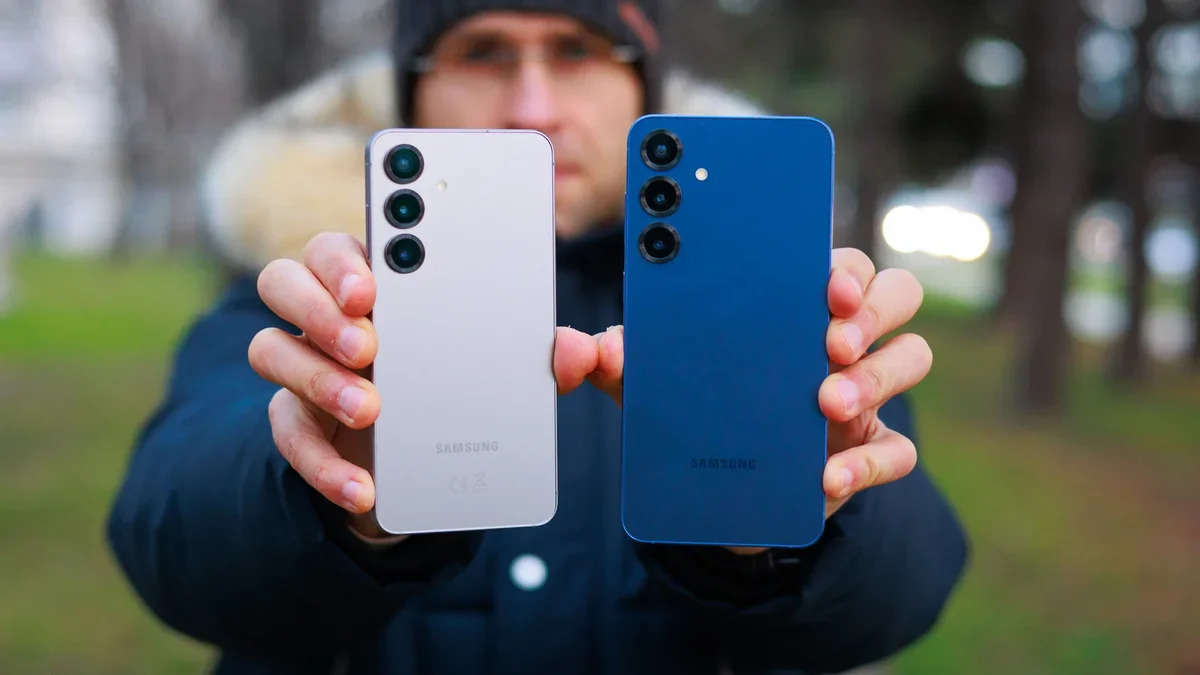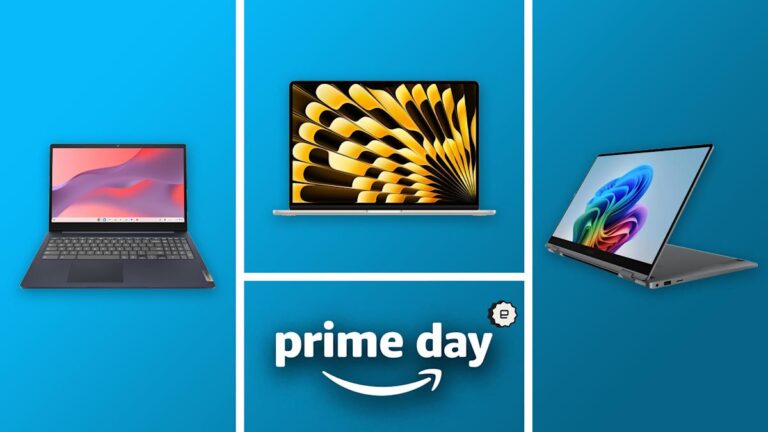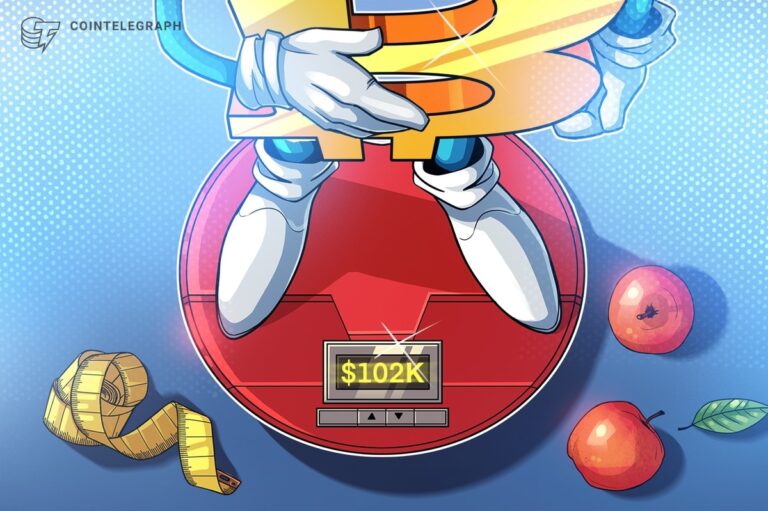The promised Galaxy S26 battery boost could turn out to be an epic fail
After all, it’s not like we’ve anticipated anything different from Sammy for the foreseeable future, judging by the recent past – none of the Galaxy flagships (foldable or not) deliver big mAh (battery capacity) numbers. At least not when compared to Xiaomi, OnePlus phones, for example.Then, out of the blue, this report surfaced:
My hopes took off, only to crash shortly after. And what seems like a potential win, I see as a missed opportunity.
What’s wrong?
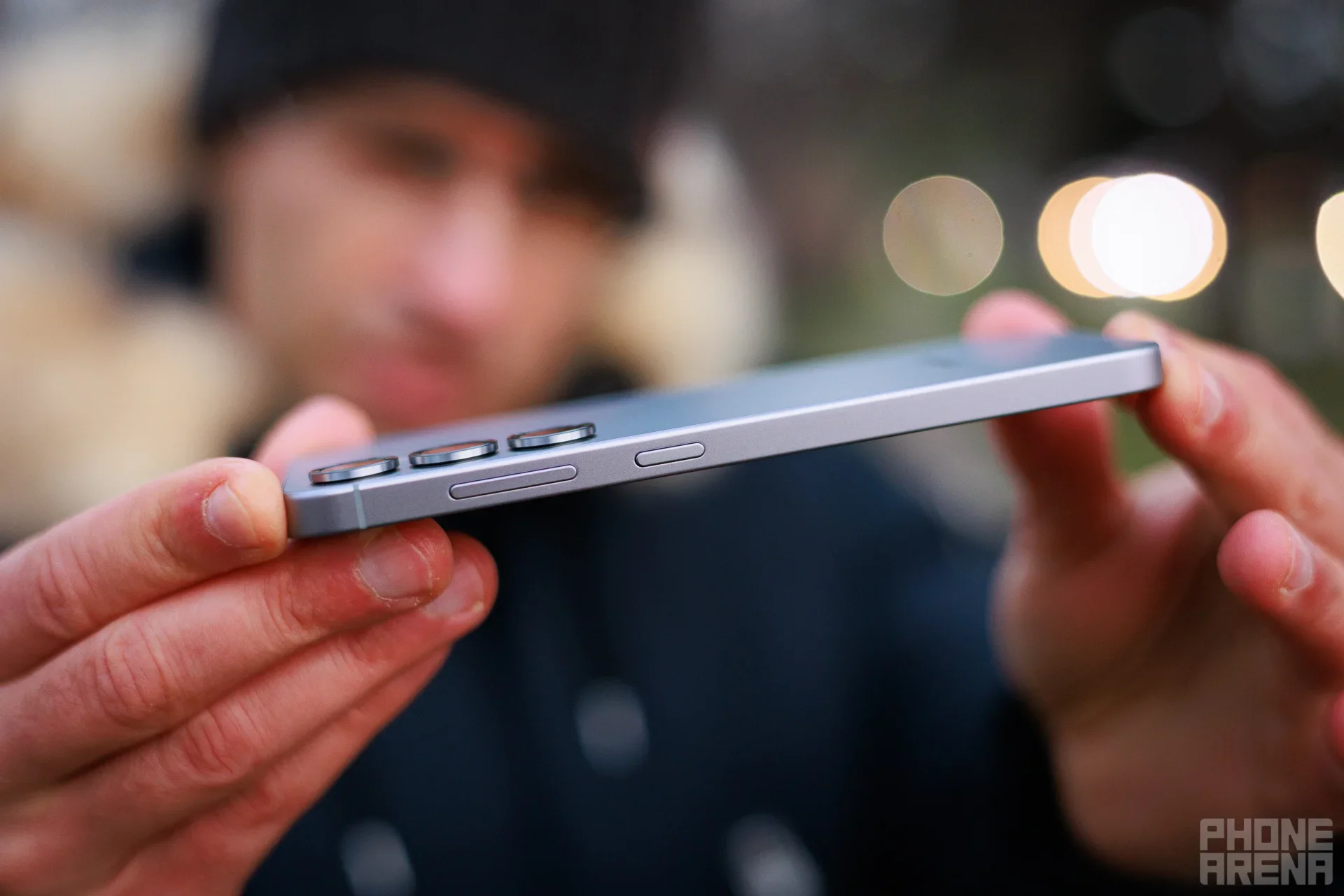
Will Samsung go after a wasp waist again? | Image credit – PhoneArena
OK, so: for the Galaxy S26, Samsung could team up with South Korea’s ITM Semiconductor to improve battery life and make the batteries more durable.
The goal is to create batteries that last longer and can potentially charge faster, thanks to new protective technology. ITM is said to be developing special battery protection circuits using something called epoxy molding compound (EMC), which helps control how the battery charges and discharges.
This technology adds a protective layer to block moisture, reduce interference from other parts inside the phone, and help keep the battery cool – all of which are key to preventing battery wear and tear.
Since heat is one of the biggest factors that shortens battery life, this new approach could make a difference, especially during heavy use like gaming or fast charging. The improved circuits are also getting smaller, which could free up space inside the phone and allow Samsung to fit in a larger battery.
However, the report doesn’t mention anything about the Galaxy S26 getting a larger capacity battery in addition to the EMC tech.
And, not to play Cassandra here, but I think I know what’s going to happen: Samsung will be extremely tempted to slim down the Galaxy S26 and if the EMC tech allows it, they’ll do it.
The way I see it, the Galaxy S26 will get the same ~3,900mAh capacity battery (from the Galaxy S25), but it will be presented as a major tech breakthrough (“See, we’re innovating!”) and a slim profile thanks to the EMC tech.
I don’t know if Samsung knows this, but people are not that crazy about super thin phones:
Or, at least, they’re not that crazy about the S25 Edge in particular. We’ll see how the iPhone 17 Air performs, but I think we can all see where the iPhone 17 Air is headed, as my colleague Abdullah put it elegantly not so long ago.
What should’ve happened

The Galaxy S25. | Image credit – PhoneArena
Instead, what Samsung should do is not obsess with wasp waists, embrace a larger battery and then apply the EMC tech, potentially surpassing its rivals, if the new technology turns out to be that effective.
Even if that doesn’t allow for the Galaxy S26 to be slimmed down, I think Samsung should bite the bullet and just go with it. Think about it: would you have a marginally thinner phone with a mediocre battery cell, or a standard-sized chassis that houses a superior battery? The good news is that if you’re on Team A, there’s the Galaxy S25 Edge for you: it’s thin, it’s sleek, it’s all about looks.
Also, Samsung needs to hop on the silicon-carbon bandwagon as soon as possible.
Such batteries can hold more charge in the same physical space, giving phones higher capacity without making them larger or heavier. Devices like the OnePlus 13 (6,000 mAh) already use this battery technology, offering higher mAh ratings while keeping a slim, compact design. As battery technology continues to advance, even bigger capacities are expected, with early rumors suggesting that the yet-to-be-announced OnePlus 15 could feature a 7,000mAh battery.
It’s not just the Galaxy S26, others will disappoint too
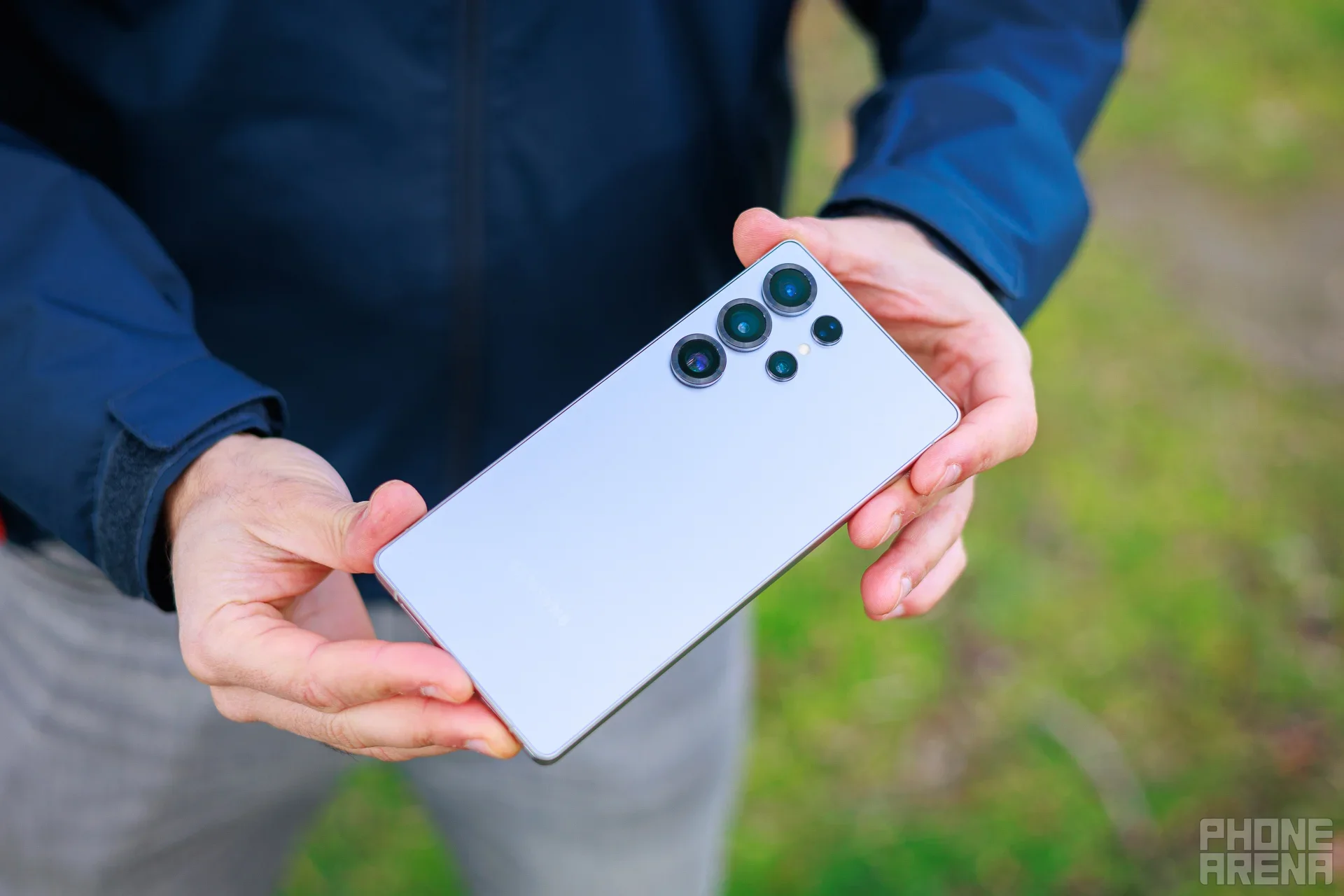
The Galaxy S25 Ultra successor might not come with upgrades. | Image credit – PhoneArena
As I mentioned above, the situation with the Galaxy S26 Ultra (“the best of the best” by Samsung) and the Galaxy Z Fold 7 (the maxed-out innovative foldable) also seems to be in dire straits.
The Ultra flagship will apparently inherit the 5,000 mAh battery from its predecessors. That’s the exact same capacity that Samsung has been putting in its Ultra flagships for six consecutive years, starting with the Galaxy S20 Ultra. Now, chipsets get more power efficient, there are software optimizations on board and, let’s be frank about it, five thousand mAh of capacity is nothing to whine about. But a company needs to check itself against rivals.
Moreover, what happens to your reputation, if you were able to put a 5,000 mAh capacity battery cell in your flagship in 2020, but can’t seem to up that number in 2026? That’s a shame.
Nothing does it, even Apple might do it
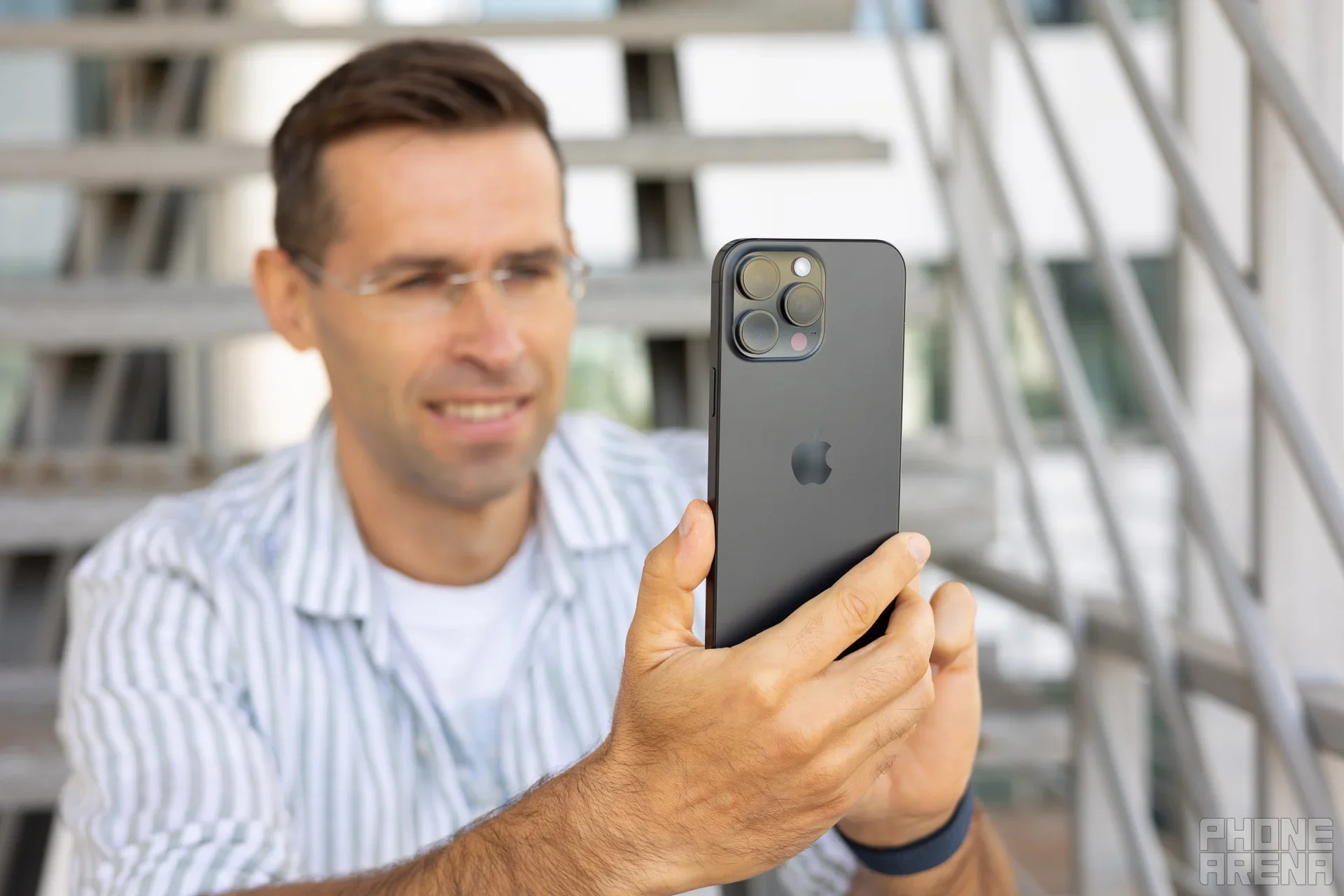
The iPhone 16 Pro Max successor might get things right. | Image credit – PhoneArena
Hold on to your hats, because we have something at our hands that is nothing short of a pure miracle: Apple (of all companies) might also embrace the big mAh numbers for its next flagship:
It’s not the whole iPhone 17 line that’s apparently going to get its mAh numbers boosted – just the iPhone 17 Pro Max. Allegedly, the biggest and baddest iPhone of 2025 could sport a 5,000 mAh cell. On its own, that’s nothing special, you’d think, but given Apple’s software optimizations, that could very well mean the battery life could be great on this expensive phone.
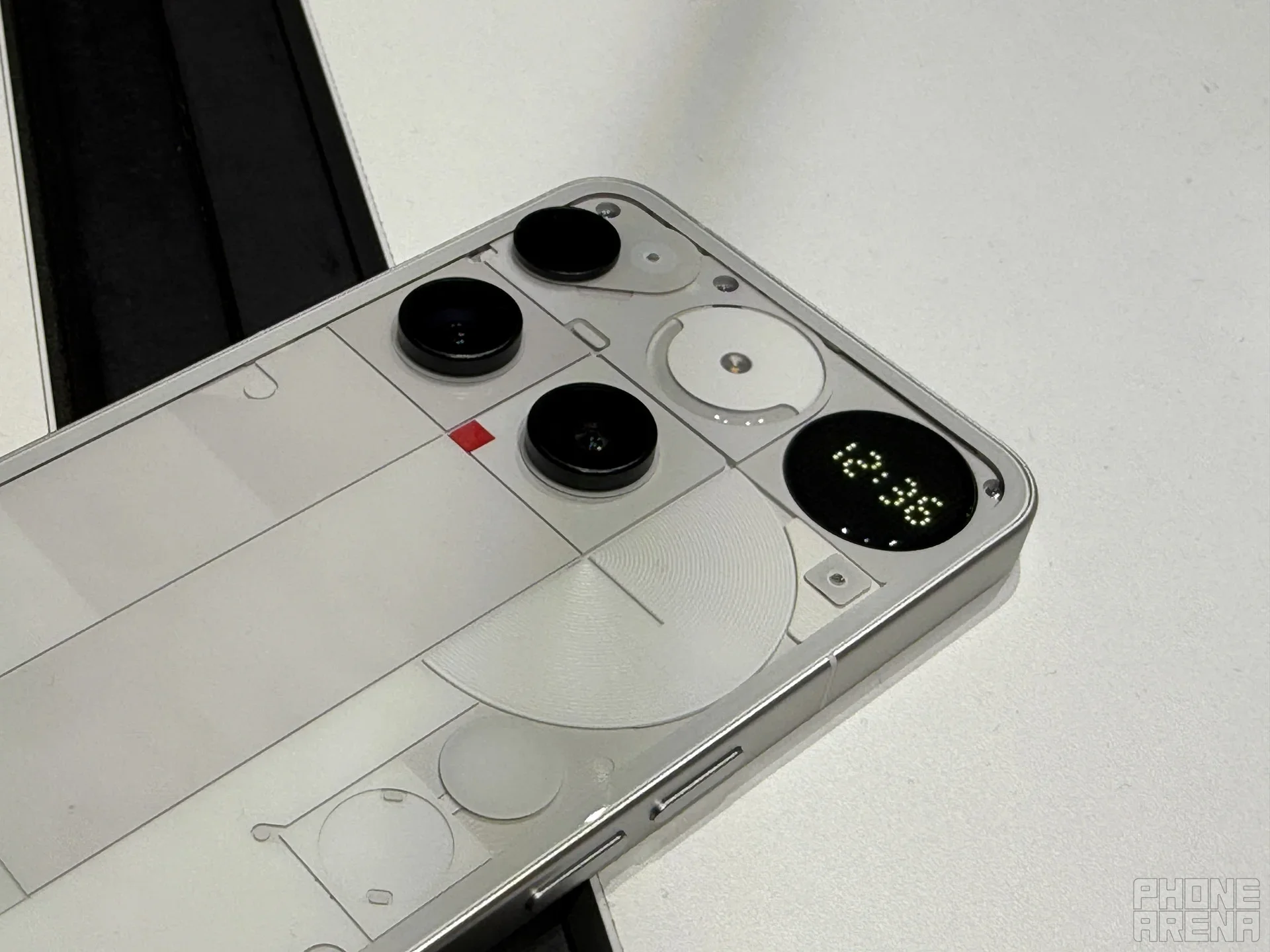
The Nothing Phone (3). | Image credit – PhoneArena
The Nothing Phone (3) – the first flagship by Carl Pei‘s industry disruptor company – also steps in the 5,000 mAh+ territory. The cool-looking Phone (3) packs a 5,150 mAh cell with 65W charging speeds that will get you from 0% to 50% in less than 20 minutes. What’s more, its cell is a silicon-carbon one, which leaves Samsung, a company with – I dare to say – a slightly bigger budget, practically without excuses.
So, the Galaxy S26 is still (more than) half a year ahead in time. Let’s hope some positive rumors appear in the months to come – as they say, hope springs eternal in the human breast.
